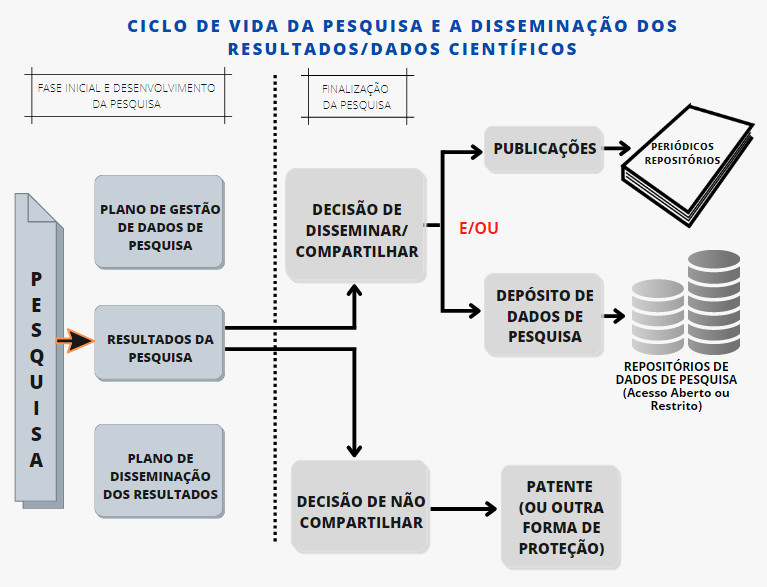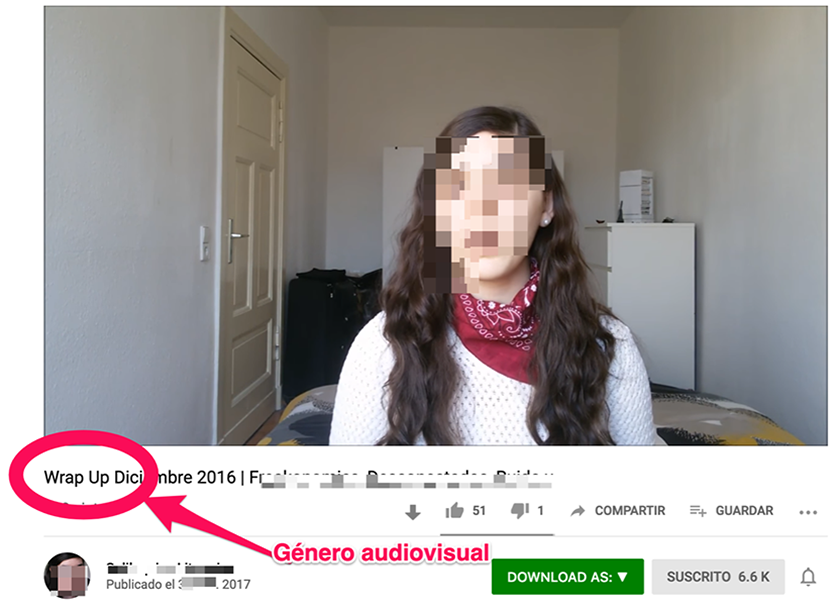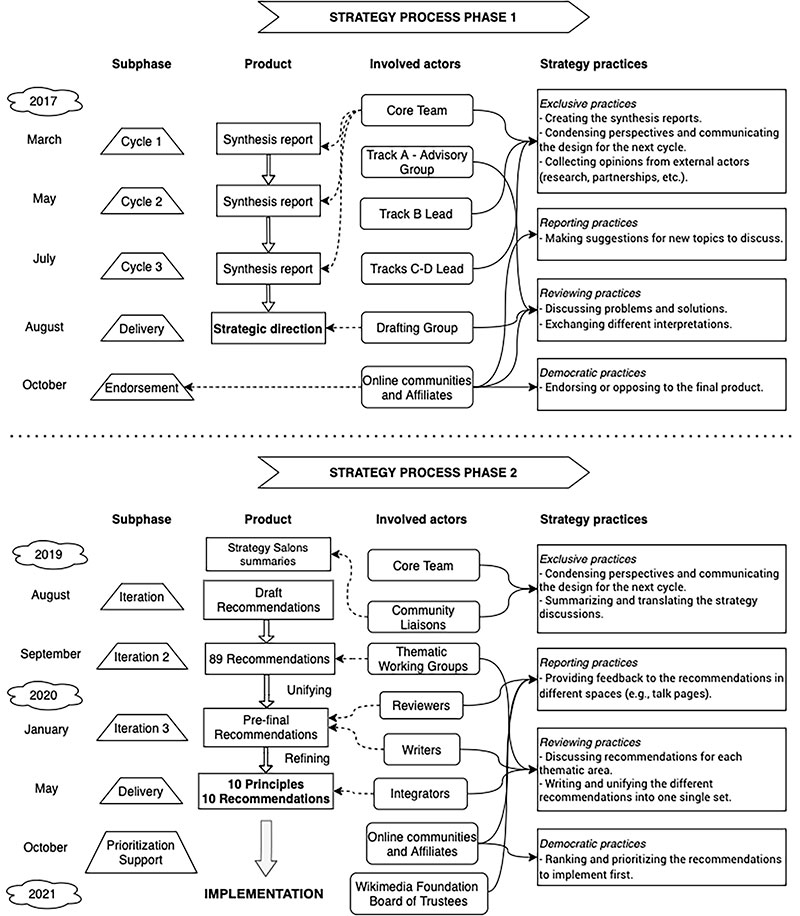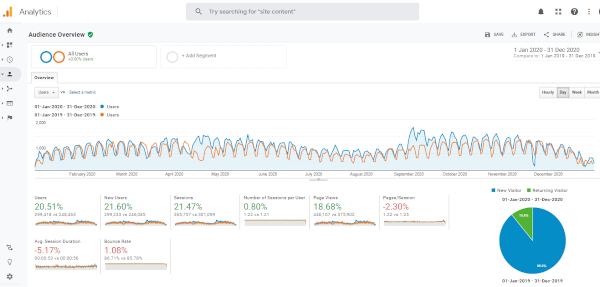Generative Artificial Intelligence for Journalistic Content in Ibero-America: Perceptions, Challenges and Regional Projections
Introduction: The increasing availability of artificial intelligence (AI) tools has brought with it various, increasingly advanced, uses for content production. Digital media editors have not been immune to the phenomenon, which is why there is growing interest, both professional and academic, regarding its possible uses. Objectives: In this paper we seek to detect the experiences, challenges and projections regarding the use of artificial intelligence in the generation of news content. In turn, the specific objectives aim both to offer a general overview of journalistic experiences with AI and to study the results of a survey regarding the use of this technology in the production of content in Ibero-America. Methodology: A survey was conducted among 154 participants through a cycle of webinars held at four universities in Ibero-America during the second semester of 2023, corresponding to 14 countries in the region, including academics, researchers and students of Journalism (and related degrees in Social Communication), along with managers and journalists from prominent media outlets. Results: although journalistic experiences with AI are still incipient in the region, the responses obtained show that most participants use generative AI tools every week, there is greater knowledge (and preference) for ChatGPT, and there is a consensus regarding how artificial intelligence can bring great benefits if it has the proper regulations.




